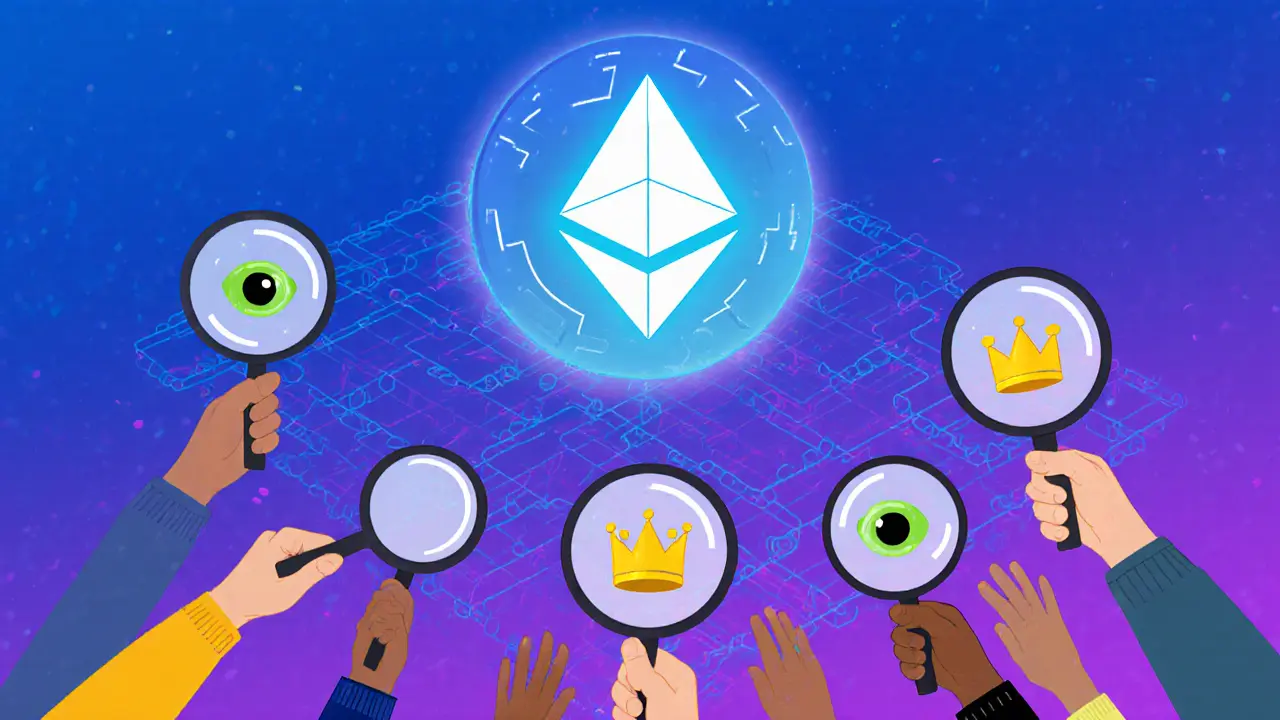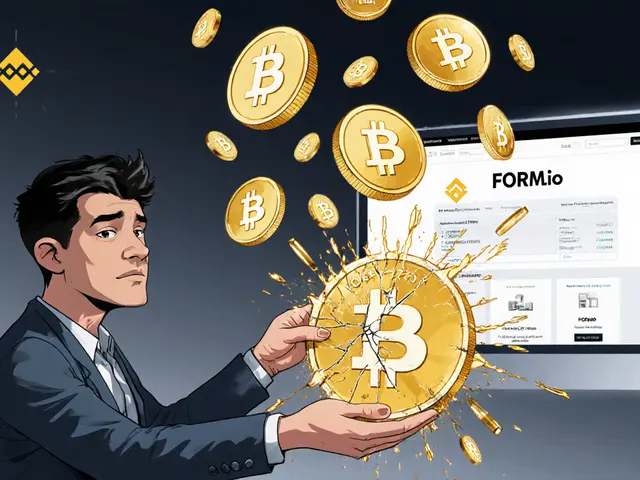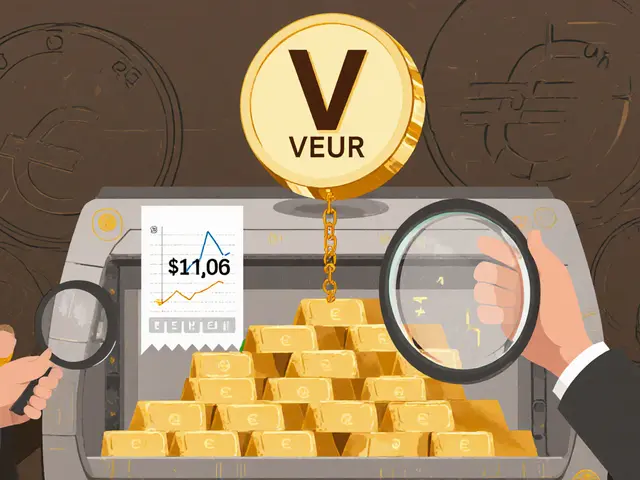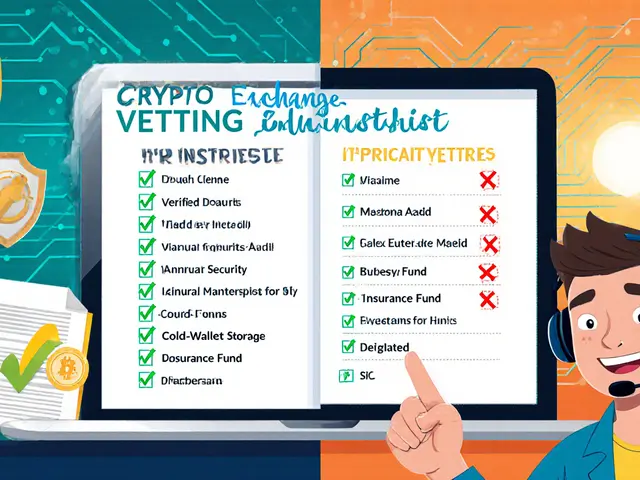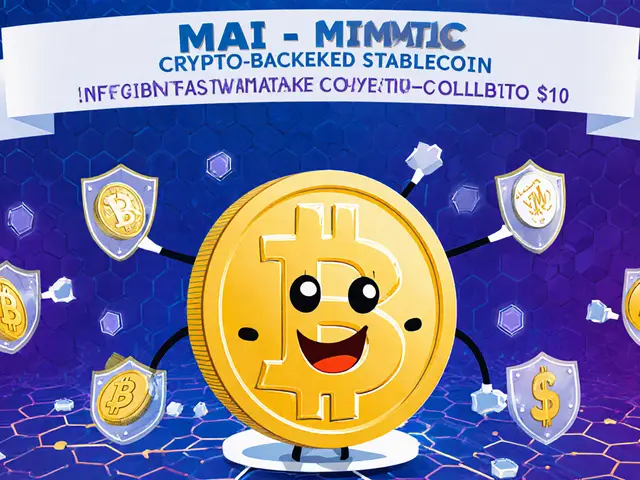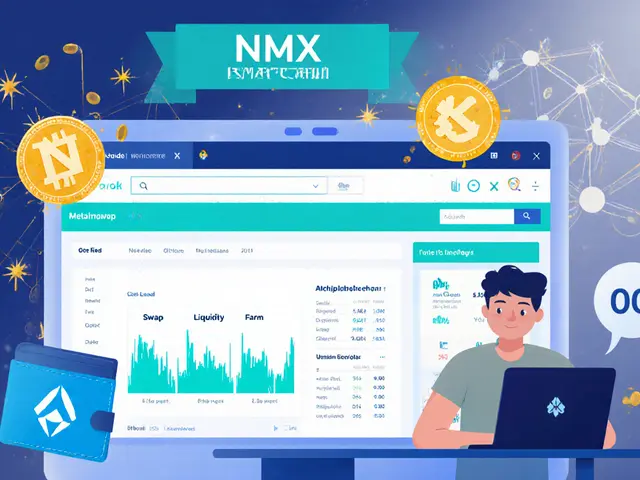NFT Utility: What Makes a Non-Fungible Token Actually Useful
When people talk about NFT utility, the practical functions or real-world applications tied to a non-fungible token. Also known as tokenized asset utility, it's what separates lasting NFT projects from fleeting hype. Most NFTs you see online are just JPEGs with no purpose. But the ones that stick? They do something. They give you access, control, or ownership that actually matters.
Think about interoperable gaming NFTs, digital items that work across multiple games, not locked to one platform. That’s real utility. If you buy a sword in one game and can use it in another, you’re not just collecting art—you’re building value you can carry. Projects like Collector Crypt (CARDS) take this further by linking NFTs to physical trading cards you can redeem. That’s not speculation; that’s tangible ownership. Then there’s NFT digital identity, using NFTs to prove who you are online without handing your data to a company. Soulbound tokens and Secret NFTs are starting to solve the problem of public blockchains exposing your personal info. These aren’t theoretical ideas—they’re being tested right now.
But here’s the catch: most NFTs still have zero utility. They’re bought because someone else might pay more later. The real winners? The ones that solve actual problems—like letting you vote in a DAO, unlock exclusive content, or even get discounts at real stores. If your NFT doesn’t do something, it’s just a digital sticker. The posts below break down exactly which projects got it right, which ones are scams pretending to have utility, and how to spot the difference before you spend a dime.

